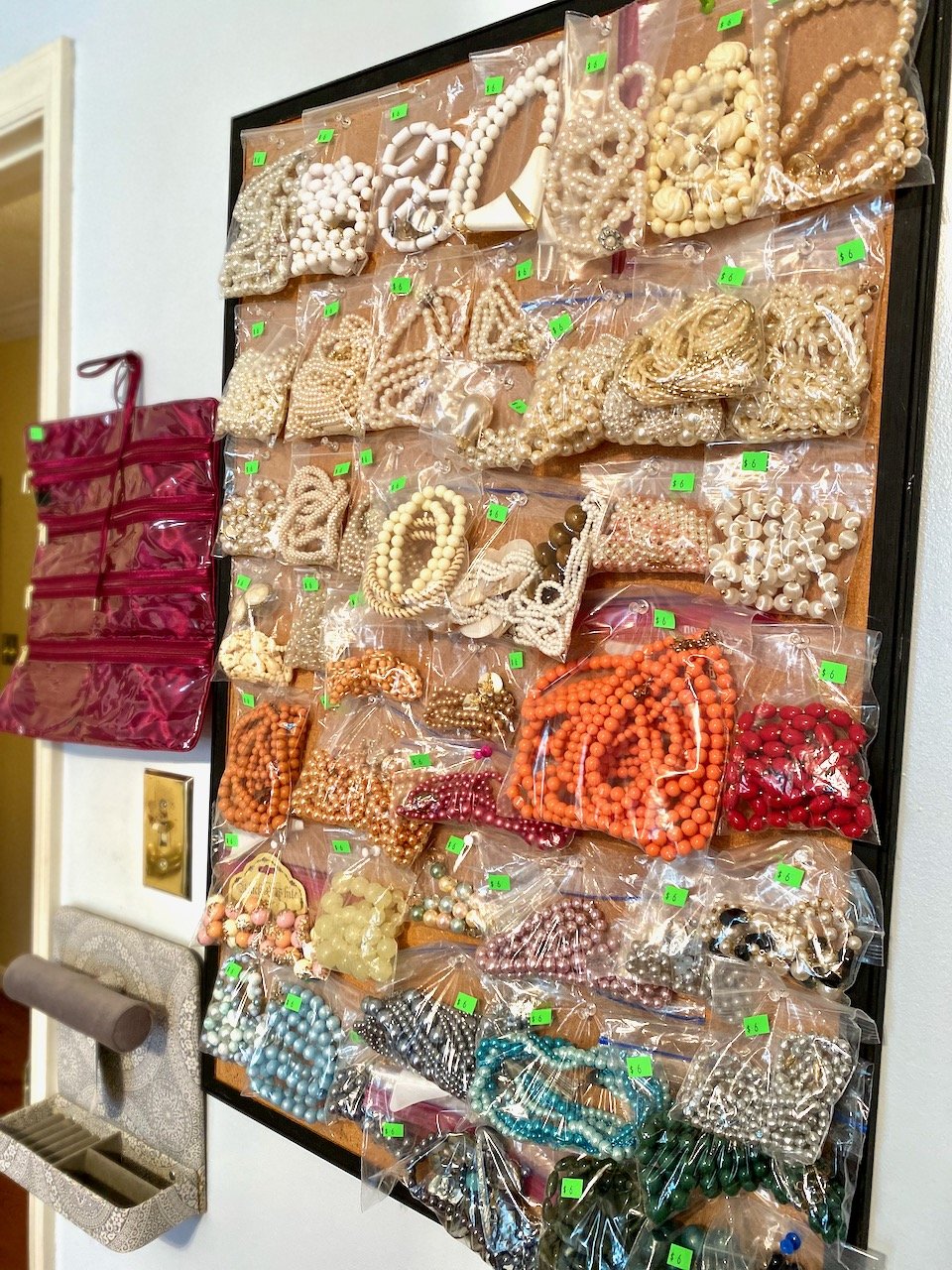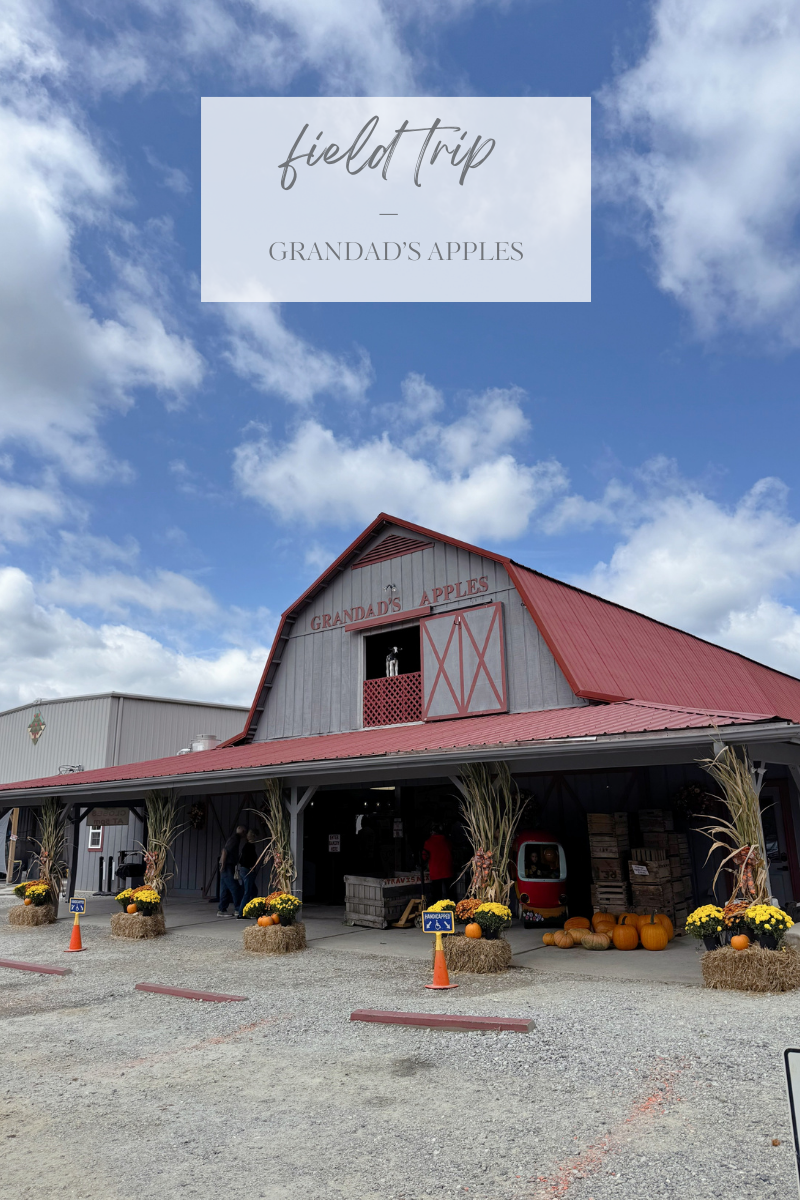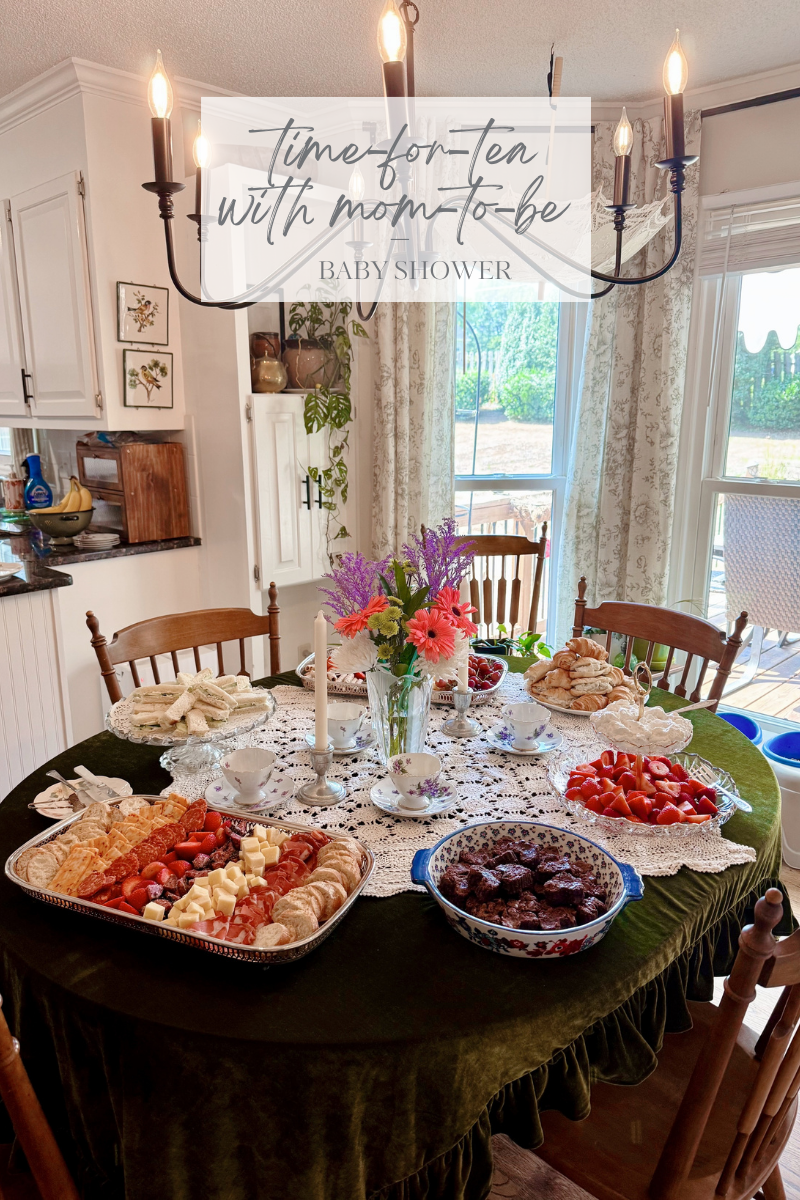How We Price Items For An Estate Sale
If you’ve been around for awhile, you will know that one of my greatest pet peeves is asking how much something cost when shopping at someone’s estate sale.
When I walk into Target or Walmart, I can know instantly what an item will cost by looking at the price tag. The same is true for walking into a thrift store. Estate sales should be no different.
In fact, most of our processes and procedures stem from our experiences at other estate sales.
Now that I have laid the foundation that everything at a Pure & Simple sale should be (and is) priced, let’s talk about how we actually go about pricing.
Everyday Items
There are many items within a home that are considered “everyday” and those items should be priced accordingly (read: affordable). This would be things like linens, glassware, dishes, lightbulbs, purses, etc.
If I can walk into a thrift store and easily find multiples of an item, then these would be considered “everyday”, nothing special.
We strive to price these items at or below thrift store prices. Keep in mind, we have a much smaller window of time to sell inventory than a thrift store.
Collectible & High Value Items
Given our experience level with estate sales and reselling, we have a good eye for collectible items and items of value. These things are separated in order to promote and to price.
In these instances, we will reference a variety of resources to find comparable items and their sold prices.
Jewelry & Clothes
We mostly sell costume jewelry with families choosing to keep the precious metals and stones. There are many ways to price and sell jewelry, but we choose to bag it and price individually. Cumbersome yes but hopefully encouraging to shop.
Clothes are a tougher category to sell and we have begun to donate most of the clothes as we have, on average, a low resell rate. Most clothes are priced at or below thrift store prices unless it is name brand and uber valuable. Let me tell you, this is rare. ;)
Furniture & Other Larger Items
The biggest consideration with pricing furniture is the condition/quality of the piece along with the trendiness of it. Mid century modern has been popular over the years therefore you can ask more for those items. Traditional dining sets on the other hand? I recommend pricing them affordably to encourage a customer to buy.
We still reference a variety of resources to determine a comparable value for furniture; one of those resources being the local thrift store and antique mall. For example, if I can walk into a Habitat ReStore and choose from 30+ chairs at a price of $10-$20, then we should price our “everyday” chairs at around the same price.
The goal for each estate sale is to maximize the bottom line by selling as much as possible. Items that took time to sort, setup, display, and price but are still left at the end of the estate sale are a liability to us at that point.
The more attractive our pricing (and marketing) the more likely we are to hit the goal for each client who hires us.
Pin for later





















